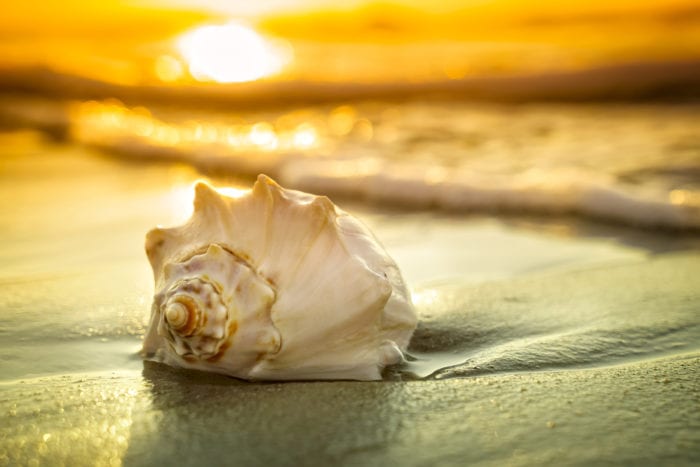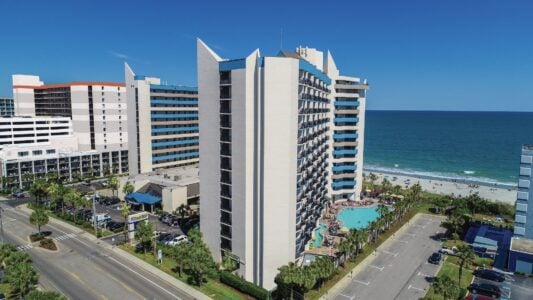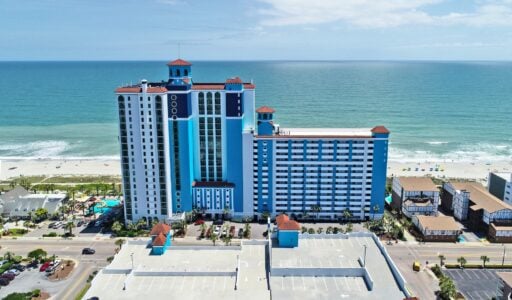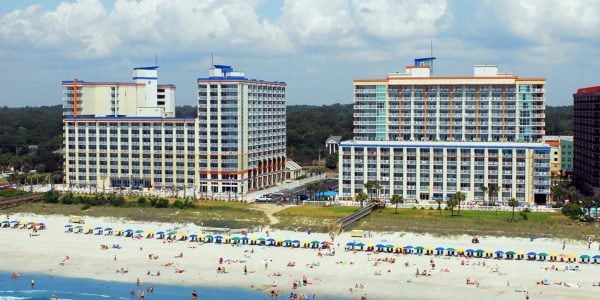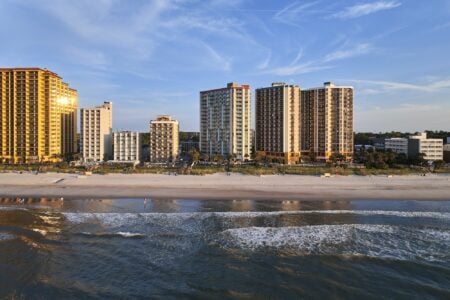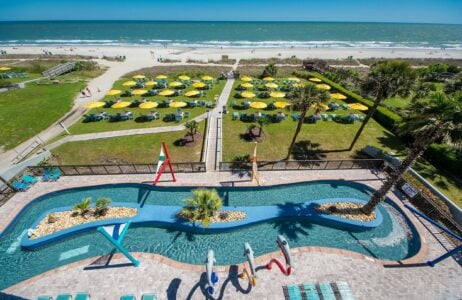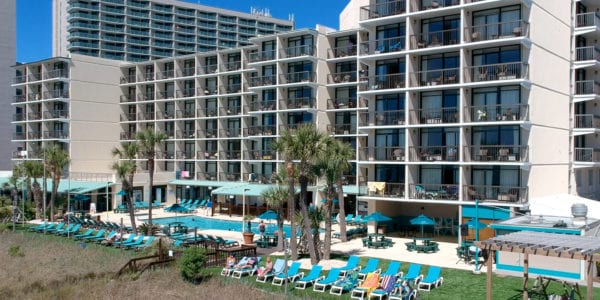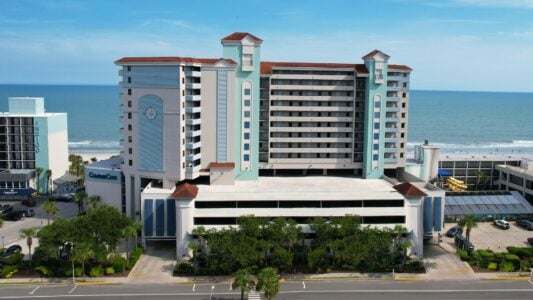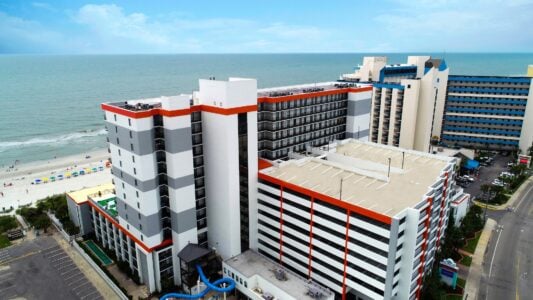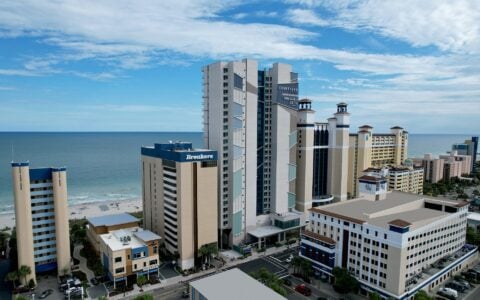Myrtle Beach Seashells
Searching for seashells in Myrtle Beach is a pastime locals and visitors enjoy throughout the Grand Strand. A wide variety of the beautiful shells of Myrtle Beach sea creatures wash up on the shores every day, so there are always new ones to hunt. You don’t have to be an expert to discover a complete, pristine shell, but you’ll want to identify the seashell to know what hidden gem you’ve found. It could be the rare Junonia, or it could be a live whelk that needs to be returned to the water quickly. You also might find items that aren’t shells but are equally fascinating, including sand dollars, sharks’ teeth, and other fossils, so keep your eyes peeled!
Myrtle Beach Shells Identification
It’s fun to identify Myrtle Beach seashells to know what creatures inhabit the waters and see if you’ve found a rare fossil or another sought-after treasure. Whether you’re collecting beautiful souvenirs from your beach vacation or you’re looking for a specific Banded Tulip or Clam, having a guide to shells at Myrtle Beach makes identifying each prized find easier. While you won’t need to get too in-depth, basic features like color, size, and shape can go a long way to identifying each shell.
Types of Shells in Myrtle Beach
We’ve created this list of the seashells you’ll likely encounter along the shores of Myrtle Beach. The state shell—the Lettered Olive—is quite common but still gratifying to find in perfect condition. Other types of shells identified in the area include snail shells, like the Atlantic Moon shell and Banded Tulip, and mollusk shells, like those from Coquina Clams and Calico Scallops.
If you come across a shell that’s still inhabited, leave it where you found it, and never remove a live sea urchin or sand dollar from the beach. Compare your collected seashells to this list to know exactly which of these Myrtle Beach seashells you’ve found:
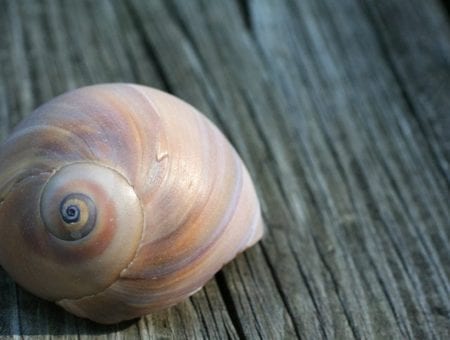
Atlantic Moon Snail Shell
If you’ve found a shell on the beach and thought it looked like a snail shell, it probably was! While this shell is one of the prettiest among those found in Myrtle Beach, its inhabitants are vicious predators. These spherical shells house the Atlantic Moon Snail which is known to drill a hole into the shell of its prey and suck the innocent creature out.
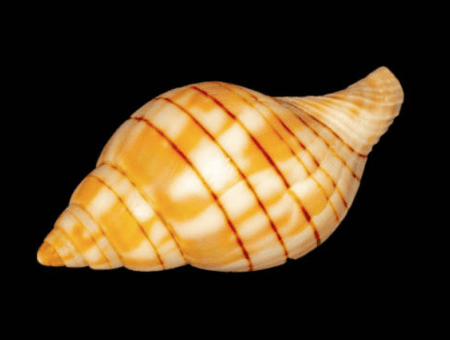
Banded Tulip
These Myrtle Beach seashells are beautiful, spindle-shaped shells that are usually cream-colored with stripes or streaks of pink. They also feature stripes running the length of the shell. Like the Atlantic Moon Snail shell, the Banded Tulip shell is home to a carnivorous black snail that uses its tongue to make a hole in its prey’s shells in order to eat.
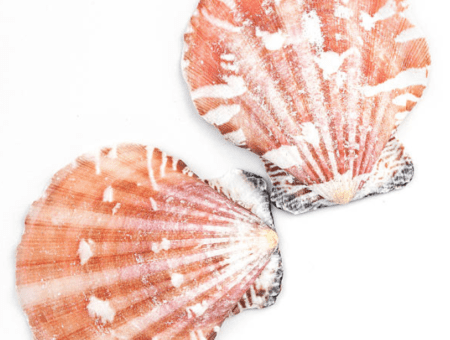
Calico Scallop
The Calico Scallop is a fairly common shell found on the shores of Myrtle Beach. This fanned shell can be up to 3 inches wide and features colors like red, maroon, and brown on a cream-colored base. The Calico Scallop is unique, as it is a mollusk that can actively swim!
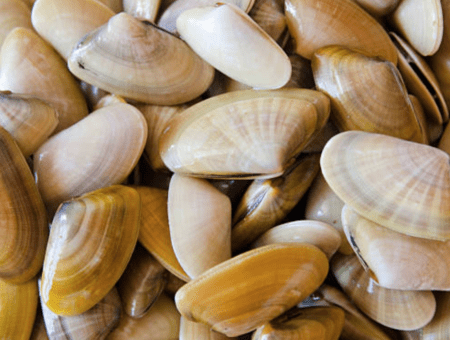
Coquina Clams
These tiny shells belong to Coquina Clams, which are mollusks that often burrow into wet sand. Anyone playing or digging along the Myrtle Beach shoreline might come across these treasured seashells. Though they usually measure under an inch in length, Coquina Clam shells are loved for their colorful pinks, purples, blues, and yellows.
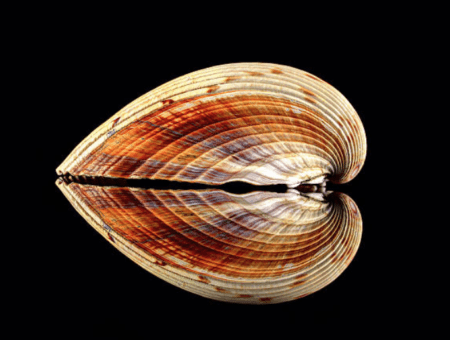
Heart Cockles
Heart Cockles are a common type of shell found in Myrtle Beach. These clam shells are usually discovered separated into halves, but when they are found full, they form a heart shape. Heart Cockles are usually around 3 to 5 inches wide and have a white or off-white exterior and pink interior. The deep, narrow ridges on this shell are one way to distinguish this bivalve from other two-part shells.
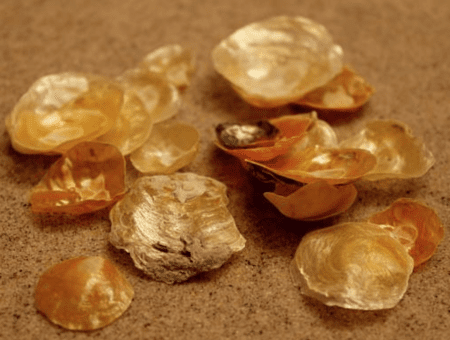
Jingle Shells
These shells found on Myrtle Beach—known as witch’s toenails—have a shiny, colorful appearance. The name Jingle Shells refers to the sound they make when gathered in your pocket or on a wind chime. Identify these shells by their bright silver, gold, brown, or yellow coloring.
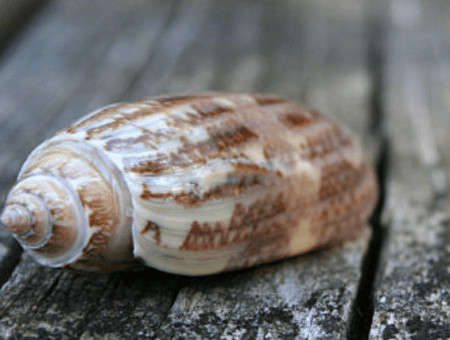
Lettered Olive
The Lettered Olive is the South Carolina state shell commonly found by beachcombers in Myrtle Beach. Predatory sea snails call these cylindrical shells home. Their smooth, shiny surface showcases brown coloring and patterns. These shells can be as long as three inches!
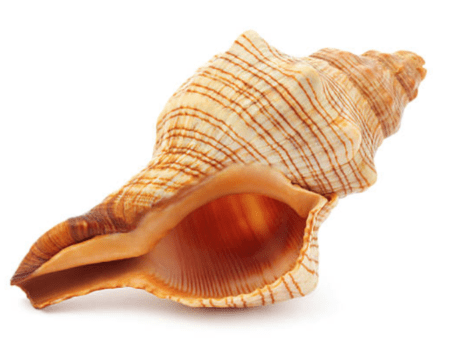
Whelk Shells
Don’t confuse these beauties for Conch shells—the whelk snail is a common species found in Myrtle Beach and has a very similar shell. These are one of the largest sea snails. Channel Whelk shells can be 5 to 8 inches long and Knobbed Whelks can reach 12 inches in length. The shapely spirals and pointed spire make these some of the prettiest seashells to find in Myrtle Beach.
Frequently Asked Questions
Where do I find shells at Myrtle Beach?
If you’re wondering where to find shells in Myrtle Beach, know that less populated places may yield the biggest haul, and going out before the dedicated shellers or beachgoers hit the sand will give you uninterrupted time to comb the area. While you’re likely to find some right outside your oceanfront hotel in Myrtle Beach, many shellers find traveling to Garden City and Surfside Beach worth the short drive.
Are there seashells in Myrtle Beach?
Yes, common shells found locally around Myrtle Beach include whelks, arks, pen shells, cockles, jingles, coquina, and olive letter shells. Along the Grand Strand’s 60 miles of coastline, there are numerous beaches to hunt for shells. Try wading into the water a few feet, looking through grass and seaweed on the shore, digging into the surface of the shore, and exploring anywhere the sand looks wet.
Where are the biggest shells in Myrtle Beach?
The biggest shells in Myrtle Beach are less likely to be pushed far onto the shore by the tide, so check the water’s edge when shelling for large treasures. Your luck is best after a big storm, which will have more force to move heavier shells. Popular places to hunt are often the less-populated beaches, but Myrtle Beach State Park and Huntington Beach State Park are also favorite hunting grounds for shell collectors.
